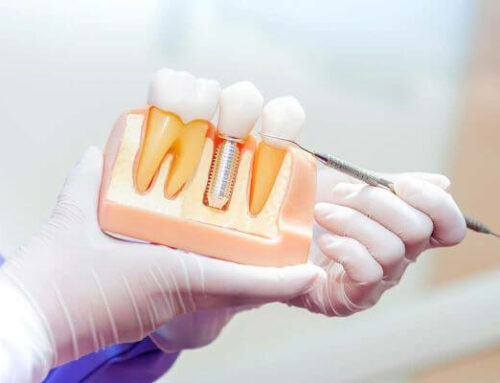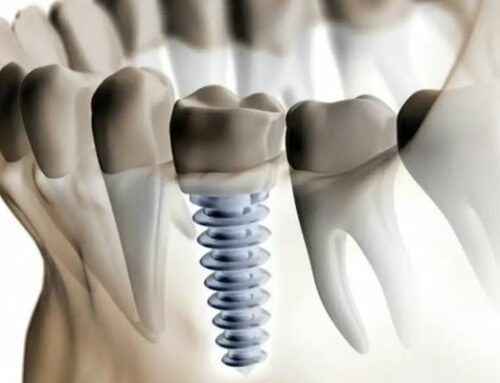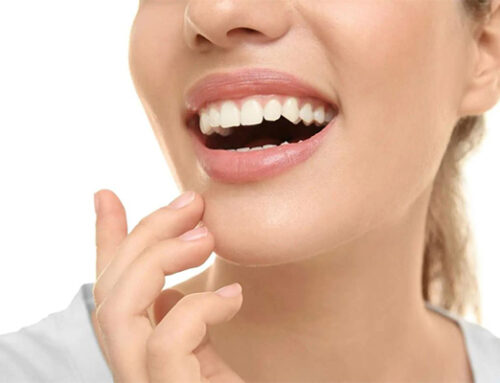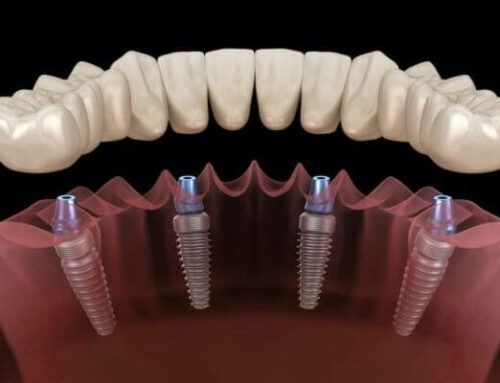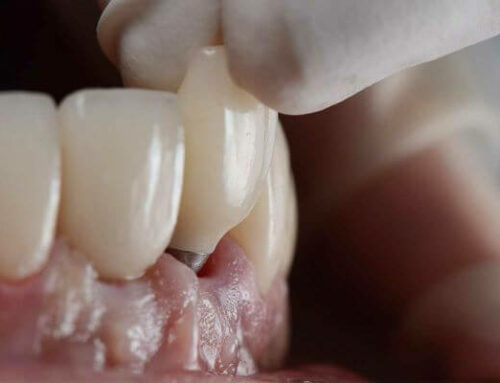When it comes to veneers vs. braces, we should start by saying that they are different dental treatment options for improving your smile. Traditional braces are orthodontic tools used to treat structural problems such as misaligned teeth, including misaligned bites, teeth, and jaws. Dental veneers correct the surface appearance of teeth without disturbing the natural alignment. This article will explain veneers versus braces and how they differ for different dental problems, compare veneers versus braces, and find out which is a better treatment option in certain situations.
1. What are braces for?
Braces treat malocclusions such as an underbite, overbite, or crossbite. They also correct gaps between teeth, bite problems, crowding, and other dental problems. Braces are appliances for the structural treatment of the jawbone in a non-invasive manner. They usually take a while to produce noticeable results. The average duration of treatment depends on the individual patient and their specific treatment and usually lasts 1 to 3 years. Metal brackets are glued to the front teeth in traditional braces. Adhesives connect the teeth to the braces and include archwires to enable and guide tooth movement. There are other options to address this such as Invisalign, ceramic braces, and lingual braces. However, despite other options for alignment therapy, conventional braces remain the most popular orthodontic treatment for malposition in most cases.
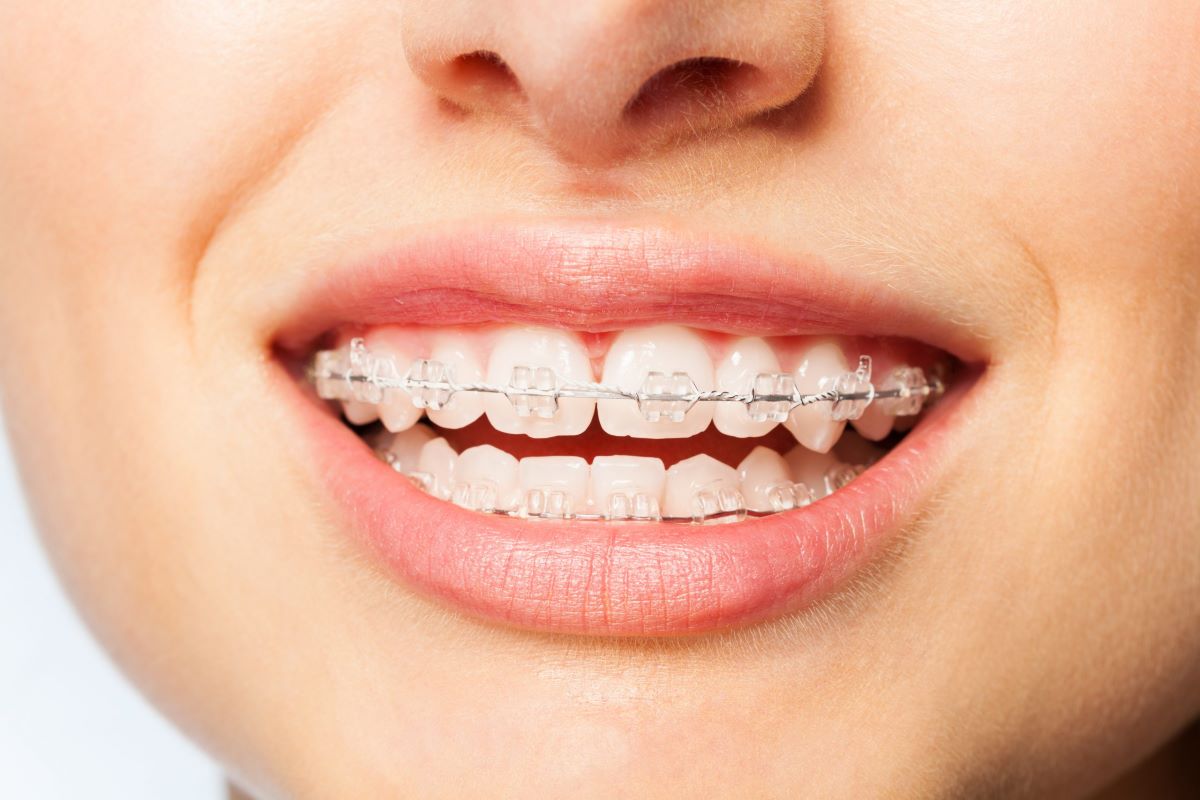
2. What is the use of the veneer?
Veneers are a cosmetic dental option that treats issues such as discolored teeth, chipped teeth, and misshapen teeth and repairs small gaps between teeth, among other issues. Veneers are a minimally invasive procedure because they require the removal of part of your natural tooth enamel so that the veneer is permanently bonded to the surface of your natural tooth. They are usually porcelain shells or composite shells. They sit on top of your natural teeth and can last up to 10 to 15 years, depending on wear. As long as you take care of them, which doesn’t mean doing anything extra on top of your regular oral hygiene regimen, they require the least amount of attention.
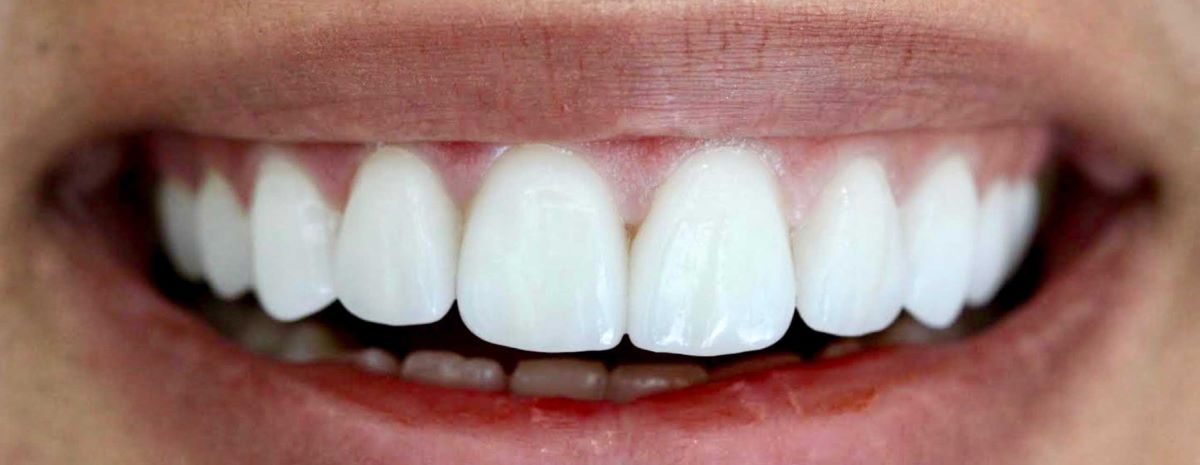
3. Veneers vs Braces: Which should you buy?
The veneers vs. braces answer all boils down to the exact reason you want or need veneers or braces. If you wish to choose between veneers and braces as a treatment option, you need to first identify your main dental concern with your dentist. For example, if you have any serious alignment problems, it’s best to get them treated as soon as possible because alignment problems if left untreated, can lead to serious problems that affect other parts of the body. These can include tension headaches, neck pain, gum disease, loose teeth, and tooth loss. In this case, we do not recommend using a single board. Because veneers do not solve any alignment issues; they are a cosmetic dental treatment, not a structural treatment option for your needs. Therefore, if you want to address serious alignment issues, you should opt for a structural treatment option such as braces. However, if you’re considering veneers for aesthetic reasons, such as small gaps between teeth, they’re your best choice. Let’s look at the table below. You’ll quickly learn the difference between how veneers and braces are used.
| Treatment programs | food restriction | maintain | unwell | aesthetics | treatment length |
| Braces | yes a lot | Clean up thoroughly after meals | Yes | looks unpleasant | for many years |
| veneer | yes some | normal oral hygiene | just a few weeks | looks beautiful | 2 lessons |
It is important to note that while this is an irreversible process, veneers do not last a lifetime. You may need to replace or repair your veneers in about 10 years. Braces require a longer treatment time, and after the braces are removed, you may need to wear a retainer for several years after the actual treatment. But after the process is over, your results could last you a lifetime.
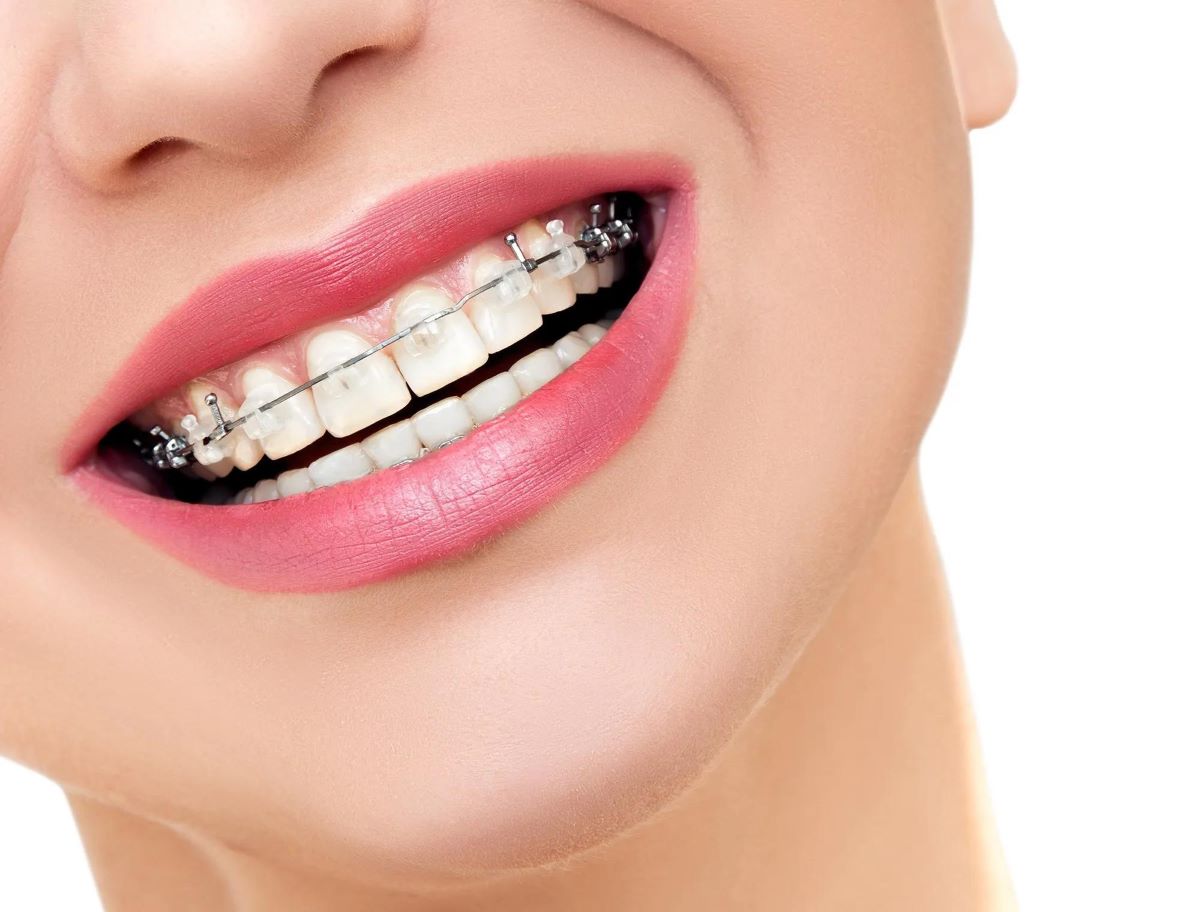
4. Single board after braces
If you are wondering if you can get veneers behind braces, the answer is yes! Sometimes if you have more than one dental problem you need to address it. In a dental treatment plan, both veneers and braces may be recommended. If your jaw is significantly misaligned, or your teeth are crowded, your dentist may recommend that you wear braces for a period of time to address your alignment and structure issues first. If you then want to focus on restoring the shape, size, or color of your teeth, you may have dental veneers. Let’s say you’ve taken care of your structural dental problems. Dental veneers can help you improve cosmetic problems. You can achieve a more attractive smile on a solid and stable foundation.
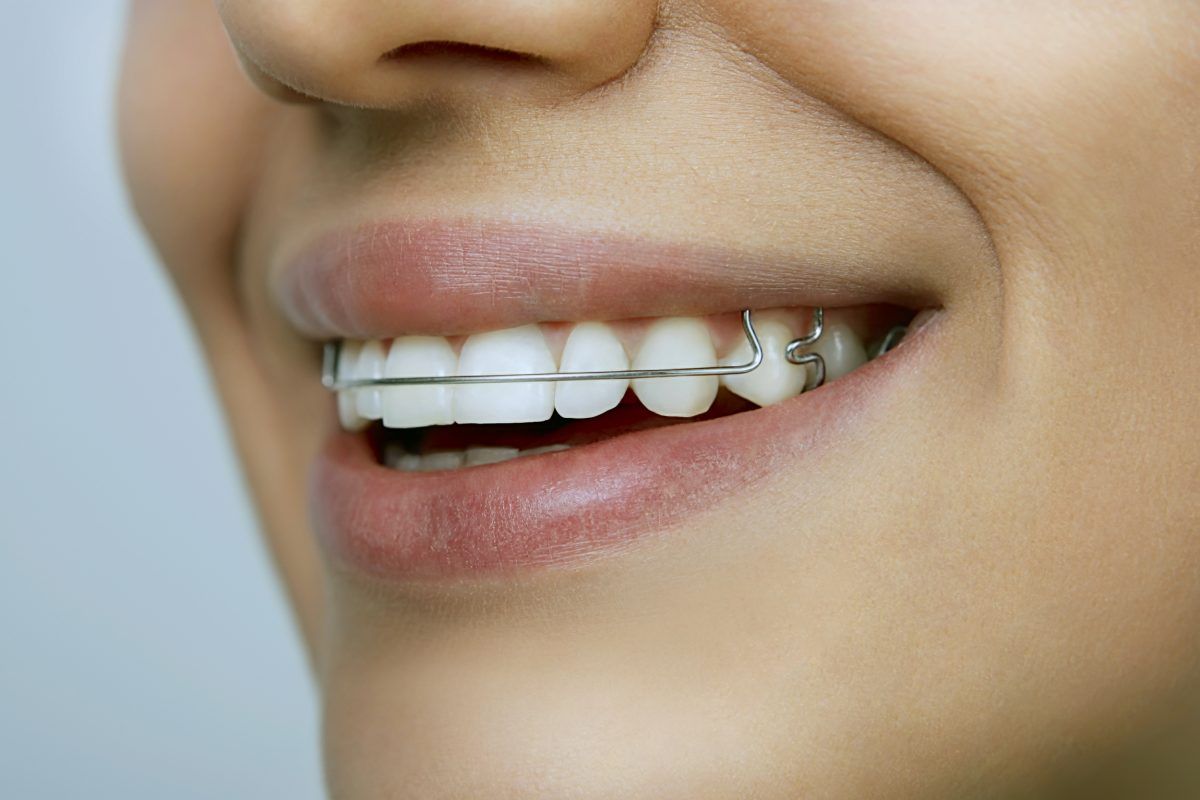
5. How long do I have to wait to get veneers after getting braces?
How long you need to wait to get veneers after getting braces depends on your individual circumstances. In theory, you can get veneers once your braces fall out, however, most dentists will advise you to wait a while to allow your gums to improve and your new bite to settle a bit before proceeding with permanent veneers.
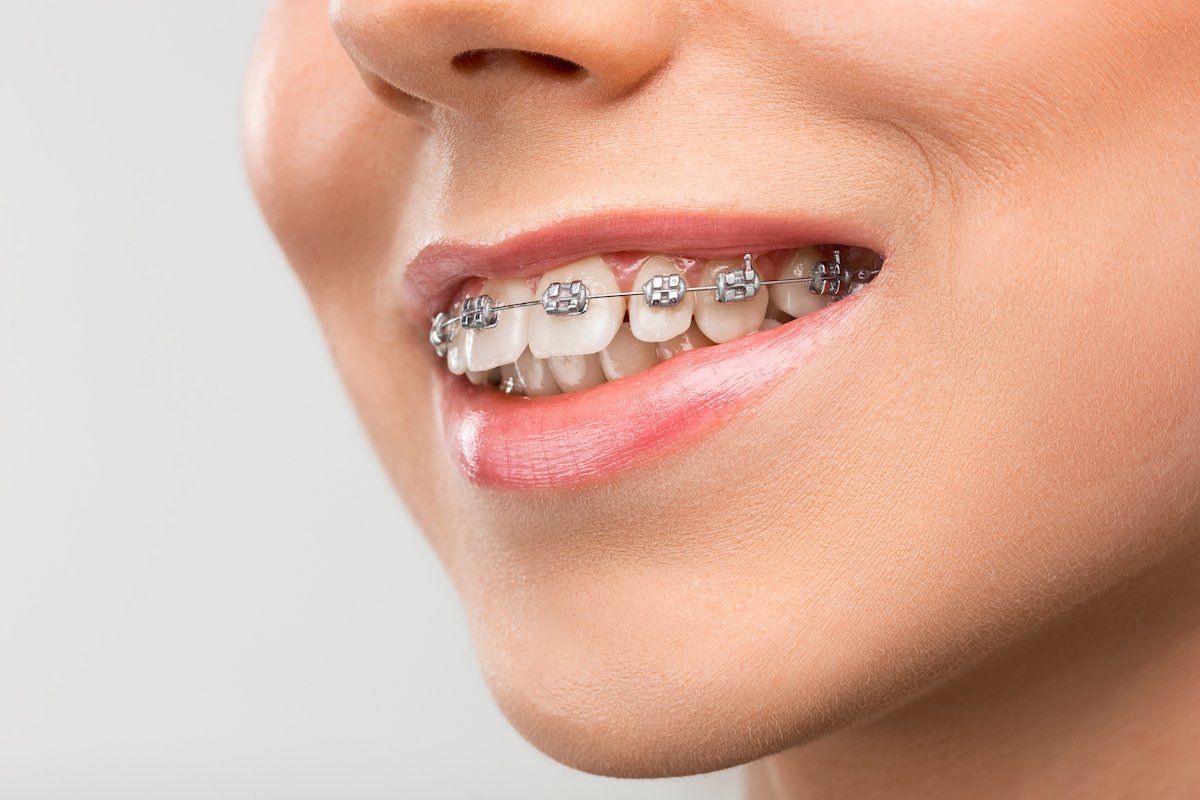
6. Conclusion
In general, veneers and braces deal with very different dental problems, although they may seem similar. Remember, if you have structural issues such as misaligned teeth, veneers will not fix them. While veneers and braces each have pros and cons that can help in your decision-making, ultimately the most pressing dental issue you have will determine the course of your treatment. Therefore, the most important step is to consult with your dentist to work together to determine the correct treatment plan for you.
